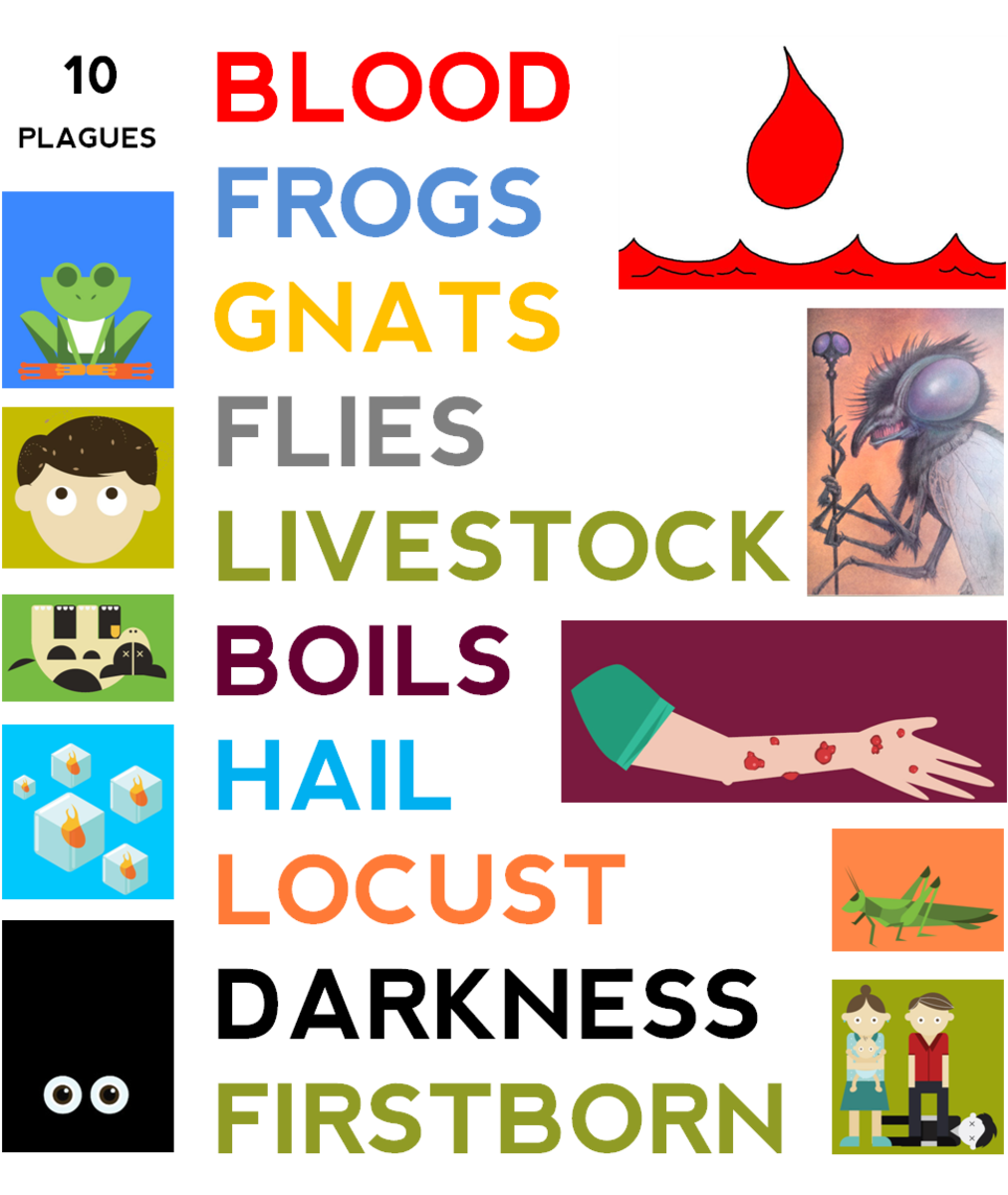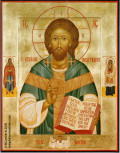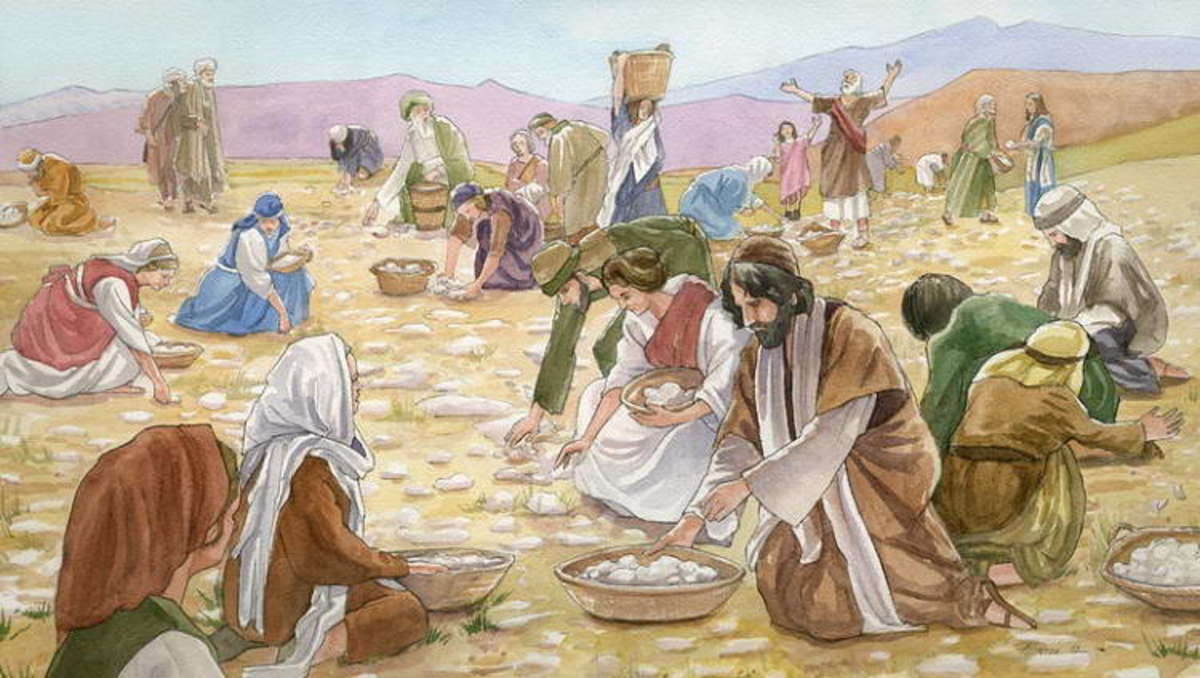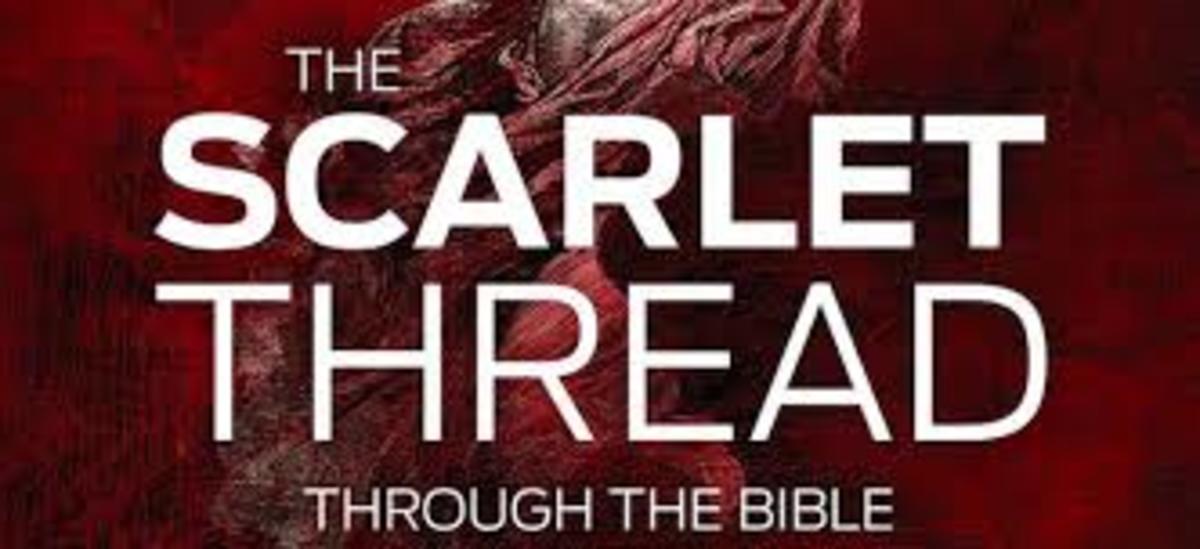Bible: What Does Hebrews 9 Teach Us About The Day of Atonement and Jesus?
Tabernacle
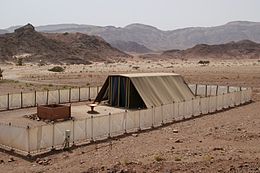
Hebrews 9-- Contrasting Sacrifices: Calvary and Yom Kippur
The Earthly Sanctuary
Now the author reviews the major components of the earthly sanctuary described in the Mosaic (“first”) covenant (v. 1).
The Israelites erected a tabernacle (tent) which consisted of two parts:
(1) the holy place or holies, in which they placed the lampstand, the table, and the showbread (v. 2); and
(2) the Holiest of all, which was located “behind the second veil” and which housed the golden censer (“altar of incense”) and the golden Ark of the Covenant on Yom Kippur (vv. 3-4a; cf. Lev. 16:12-13).
Inside this Ark, the priests placed the manna-filled pot made of gold, Aaron’s rod that budded, and the tablets of the covenant (v. 4b).
Above the Ark “flew” cherubim, which overshadowed the propitiatory (“mercy seat”).
The author declined to discuss these features in detail when he wrote this letter (v. 5).
Day of Atonement
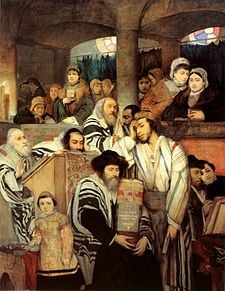
The Holiest of All
view quiz statisticsYom Kippur (The Day of Atonement)
He describes the actions that transpire inside these two sections of the tabernacle on one particular day of every year—Yom Kippur— after everything is in place.
Whereas the priests perform their service in the holy place (v. 6), the high priest enters the Holiest of All with an offering of blood that he uses to atone for the sins of the people and for his own sins (v. 7).
As he was writing these words, the author relates that the Holy Spirit was indicating to him that He had not made known the way—“a new and living way”—into the Holiest of All while the first tabernacle (“the outer tabernacle,” NASB) was still standing (v. 8; cf. 10:19-20).
[The NASB editors seem to confuse terms here, for they designate the Holiest of All as the holy place (v. 8).
Earlier, they call the outer tabernacle the holy place.
Is the Holy Spirit saying that individual Jews did not know the “Way” to enter God’s presence while their sacrificial system was still in force?]
According to the author, the outer tabernacle symbolizes his current day during which priests offer spiritually ineffectual sacrifices (“gifts and sacrifices are offered which cannot make him who performed the service perfect in regard to the conscience”).
These offerings concern themselves only with laws prescribed until “the time of reformation” (the “day” Christ changes Jewish life by virtue of His finished work of redemption) [vv. 9-10].
[The referent of the pronoun “It” (NKJV) is vague in verse nine.
It makes better sense for the word to refer to the “first tabernacle,” but the grammar seems to indicate the “way into the Holiest of All” is the referent.]
Charles Ryrie
Comparison of Texts (NASB and NKJV)
During that “time of reformation,” Christ will serve in a different tabernacle.
Verses 11-12 offer a fascinating comparison between the NASB and the NKJV, showing the differences in translations.
v. 11--But Christ came as High Priest of the good things to come, with the greater and more perfect tabernacle not made with hands, that is, not of this creation (NKJV)
v. 11--But when Christ appeared as a high priest of the good things to come, He entered through the greater and more perfect tabernacle, not made with hands, that is to say, not of this creation (NASB)
v. 12--Not with the blood of goats and calves, but with His own blood He entered the Most Holy Place once for all, having obtained eternal redemption (NKJV)
v. 12--And not through the blood of goats and calves, but through His own blood, He entered the holy place once for all, having obtained eternal redemption (NASB).
First, the NKJV translators say that Christ came with the heavenly tabernacle, while the NASB editors construe that He entered through it.
What do the former scholars mean when they write that He came with the tabernacle?
What do the latter mean by the phrase “enter through”?
One enters into a place, not through it.
Second, for clarity’s sake, the latter supply “He entered”—the only verb in these two verses.
Why do the former scholars make the verb “came” into a past tense verb when the Nestle text and the Majority Text both contain the participle paragenomenos?
Third, the term ta Hagia (v. 12) refers to the holy place, the holies; the hagia hagion (v. 3) is the Holy of Holies.
Again, the NASB translates the term correctly; the NKJV supplies a translation that seems to be an attempt to “correct” the text.
That is, the latter believe the text should read that Christ entered the Most Holy Place, not the holy place, with His own blood, because that would be more theologically correct.
[Why does the text not read hagia hagion as it should?]
Christ did enter into the heavenly tabernacle with His own blood, and not with the animal variety (v. 12a).
[Did this event take place just after He died, or when He ascended?
Did He actually bring His own blood into the Most Holy Place in heaven?]
He had already obtained eternal redemption for believers when He did so (v. 12b).
Jesus' Sacrifice at Calvary
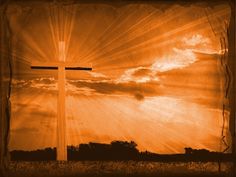
The Extent of the Atonement
Do you believe Jesus paid for the sins of all human beings?
Jesus: The Mediator of the New Covenant
The author argues that while OT purification ceremonies sufficiently accomplished their sanctifying objective (v. 13; cf. Lev. 16:14-15; Num. 19:2ff), their efficacy cannot compare with the cleansing power of “the blood of Christ, who through the eternal Spirit offered Himself without spot to God.”
Not only does the Lord’s sacrifice cleanse the conscience from “dead works” (that is, sins), but it also frees believers “to serve the living God” (v. 14).
Acknowledging that Christ’s death redeemed OT transgressions, the author designates Him “the mediator of the new covenant” that believers might receive their eternal inheritance (v. 15).
He then briefly discusses general facts surrounding testaments or wills.
If a testament exists, the testator’s death must have occurred; the will assumes valid authority only after the person dies (vv. 16-17).
[Ryrie makes the strong point that Christ’s death, not His life, put the new covenant into effect (New Testament Study Bible, 409).]
The writer notes that Moses ratified the “first” covenant with a ceremony that included sprinkling animal blood on different objects—namely, the book of the covenant, the people, the tabernacle, and the ministry vessels—, thus showing that the general principle of wills (the necessity for the shedding of blood or death) even applied there (vv. 18-22; cf. Ex. 24:3-8).
The Once-For-All Sacrifice of Christ
He asserts that the Israelites had to shed animal blood to cleanse “the copies of the things in the heavens”; the actual heavenly articles, however, needed to be purified with “better sacrifices than these” (v. 23; cf. 8:5-6).
Unlike OT high priests who sacrificed a spotless lamb every Yom Kippur in the “copies of the true,” Christ did not need to offer Himself often as a blood sacrifice.
One time at His first coming was sufficient to put away sin, for the Father has accepted His payment and allowed Him to enter His presence on behalf of believers (vv. 24-26).
As people die once and then God judges them, so God offered Christ once as a substitute for sinners at His first coming.
When Jesus returns, He will complete the salvation of the redeemed (vv. 27-28; cf. Is. 53:12).
© 2013 glynch1


